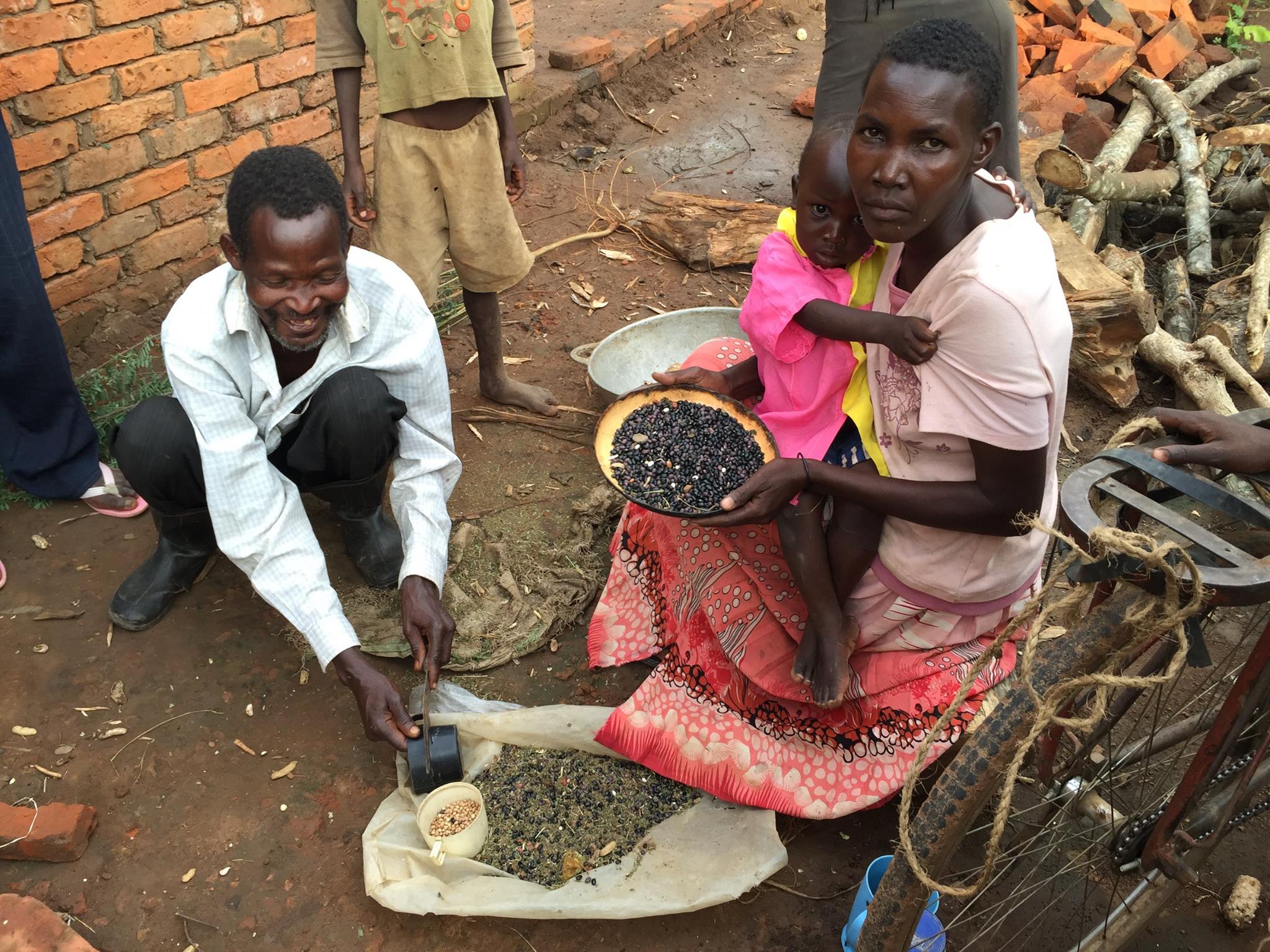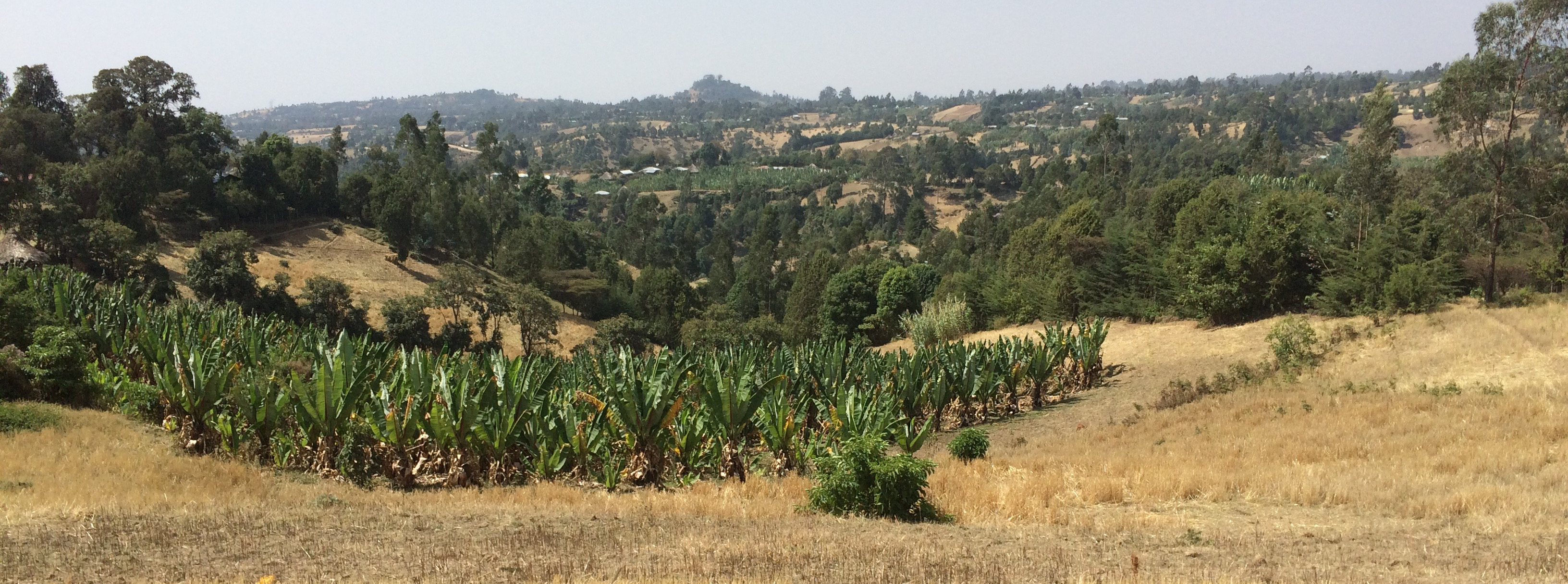
A woman in the Nambale, Iganga district of eastern Uganda demonstrates how long and labor-intensive it is to sort through beans by hand. This photograph was taken by TEL partners, MIT-CITE, during their post-harvest storage product evaluation.
Photo credit: Jonars Spielberg.
Today’s population of 7.2 billion people is projected to reach about 9.6 billion by 2050. This is an increase of one-third, most of which will occur in developing countries. Several studies have indicated that at the present rate of crop yield increases, supply will not be able to meet demand. Moreover, this is not taking into account effects of climate change such as increases in heat waves, monsoon-type rains, and floods, which can cause yields to decline.
Charles L. Wilson of West Virginia, plant pathologist and founder of the World Food Preservation Center, sees a different way forward. “We have to save more of the food that we produce.” The Food and Agricultural Organization estimates that one-third of the food grown for human consumption worldwide is lost after harvest and never eaten. In fact, postharvest losses can be as high as 50% in developing countries. Unlike developed countries which see a higher proportion of loss at the retail and consumption stages (“food waste”), developing countries see high losses early in the food supply chain. These high postharvest losses occur due to a lack of cold chain infrastructure, proper food storage facilities, food processing centers, and personnel educated in postharvest management. Often, the inability to keep perishables cold is specifically due to the lack of a continuous power grid.
The World Food Preservation Center, scheduled to be fully operational this year, will be a hub for food preservation solutions applicable to developing countries. Several universities around the world have agreed to partner with the center. Students from developing countries will be able to apply for funding from the World Food Preservation Education Foundation, the center’s fundraising arm, to receive graduate training at the center’s partner universities. In return, the students must agree to return to their native countries for at least five years. Wilson, whose nearly forty-year career has focused on postharvest preservation research, explains his vision. “Scientists educated at the World Food Preservation Center will be able to return to their native countries and establish self-sustaining independent research and extension programs on post-harvest technologies suited for their countries.” If a student does not fulfil the five-year obligation, then the scholarship becomes a no-interest loan that must be repaid.
The partner universities and institutes are in the U.S. (University of Florida), Chile (University of Chile), Brazil (Federal University Rio Grande Do Sul), the UK (Cranfield University), Belgium (Catholic University Leuven), Israel (Agricultural Research Organization Volcani Center), Pakistan (University of Agriculture Faisalabad), China (Jiangsu University), Australia (University of Sydney), Ghana (University of Ghana), Nigeria (Federal University of Agriculture Abeokuta), and Ethiopia (Haramaya University). Information sharing among partners is integral to the center’s mission. Research ideas include the development of solar-powered refrigeration systems, active packaging, and biopesticides. Both high-tech and low-tech solutions can be pursued as long as the end results are low-cost and sustainable.
The center’s hub function will be facilitated by a Virtual World Food Preservation Center, which Google is developing, that will include a virtual library, a distance-learning center, and an extensive directory of postharvest equipment suppliers.
Other solutions to increase food supply are genetic modification for increased yields and stress tolerance, crop intensification, and farmland expansion. But unless there is another Green Revolution in our near future, the case for a “Preservation Revolution” is compelling.

